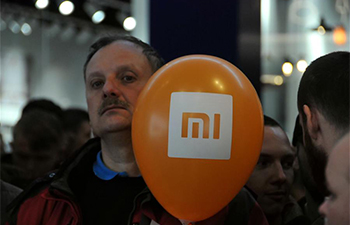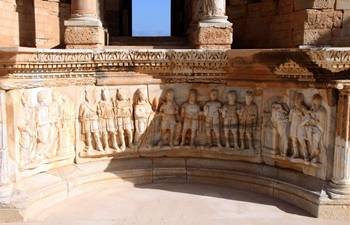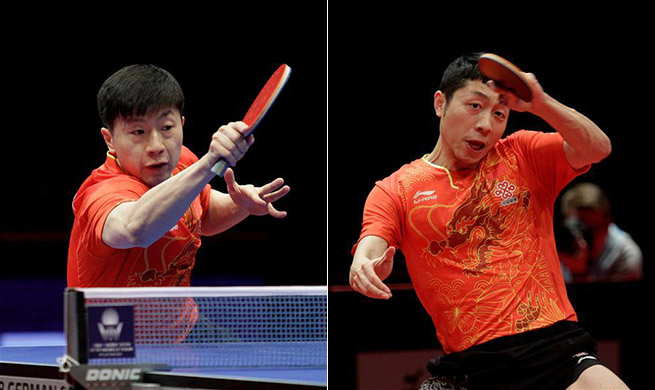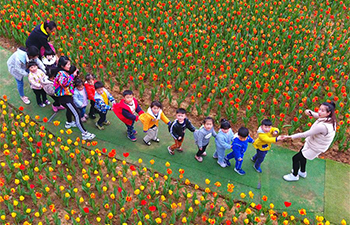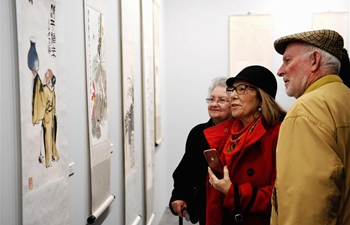BOSTON, March 25 (Xinhua) -- Cognitive neuroscientists are using the newly-developed artificial intelligence networks to enhance the understanding of one of the most elusive intelligence systems from which they learned: the human brain.
In the work presented on Sunday at the 25th annual meeting of the Cognitive Neuroscience Society (CNS), Aude Oliva of Massachusetts Institute of Technology (MIT) and her colleagues are learning much about the role of contextual clues in human image recognition.
By using "artificial neurons," essentially lines of code and software, along with neural network models, the researchers can parse out the various elements that go into recognizing a specific place or object.
"The fundamental questions cognitive neuroscientists and computer scientists seek to answer are similar," said Oliva.
"They have a complex system made of components. For one, it's called neurons and for the other, it's called units. And we are doing experiments to try to determine what those components calculate."
In one recent study of more than 10 million images, Oliva's team taught an artificial network to recognize 350 different places, such as a kitchen, bedroom, park, living room, etc.
They expected the network to learn objects such as a bed associated with a bedroom. What they didn't expect was that the network would learn to recognize people and animals, for example dogs at parks and cats in living rooms.
The machine intelligence programs learn very quickly when given lots of data, which is what enables them to parse contextual learning at such a fine level, according to Oliva.
While it is not possible to dissect human neurons at such a level, the computer model performing a similar task is entirely transparent.
The artificial neural networks serve as "mini-brains that can be studied, changed, evaluated, compared against responses given by human neural networks, so the cognitive neuroscientists have some sort of sketch of how a real brain may function," Oliva said.
"The brain is a deep and complex neural network," said Nikolaus Kriegeskorte of Columbia University, who is chairing the symposium.
"Neural network models are brain-inspired models that are now state-of-the-art in many artificial intelligence applications, such as computer vision."
These models have helped neuroscientists understand how people can recognize the objects around them in the blink of an eye, Kriegeskorte added.
"This involves millions of signals emanating from the retina, that sweep through a sequence of layers of neurons, extracting semantic information, for example that we're looking at a street scene with several people and a dog," he said.
"Current neural network models can perform this kind of task using only computations that biological neurons can perform. Moreover, these neural network models can predict to some extent how a neuron deep in the brain will respond to any image."
The artificial networks cannot yet replicate human visual abilities, but by modeling the human brain, they are furthering understanding of both cognition and artificial intelligence, according to Kriegeskorte.






